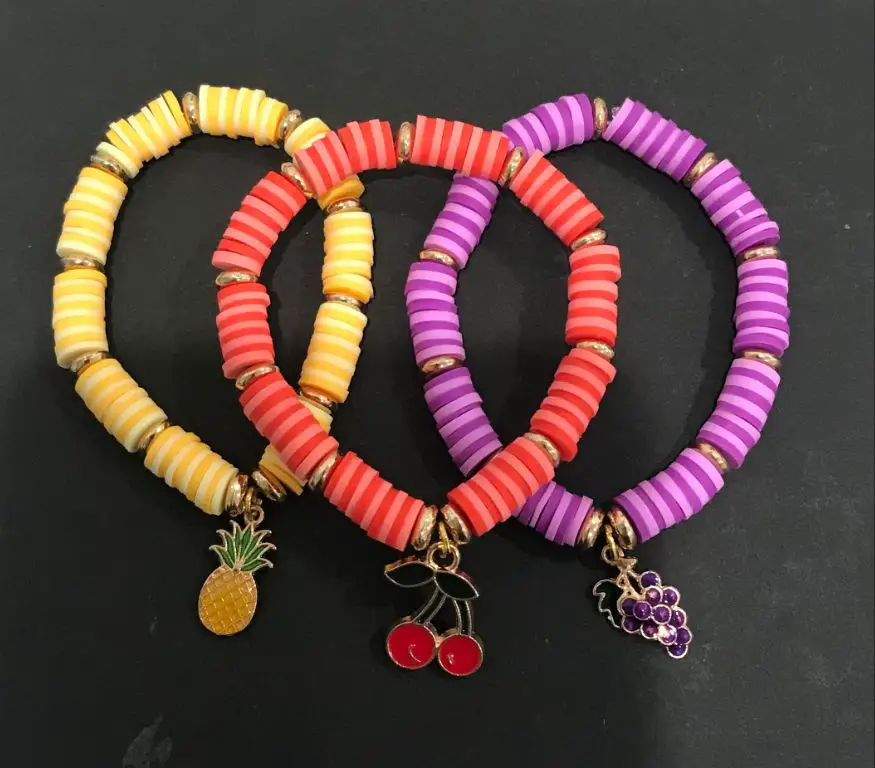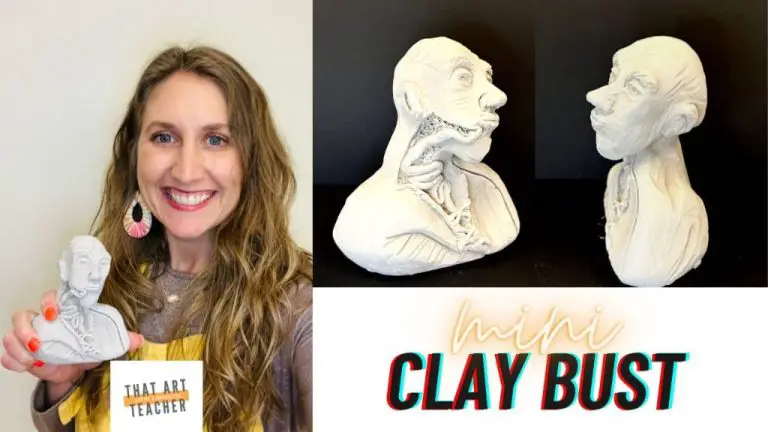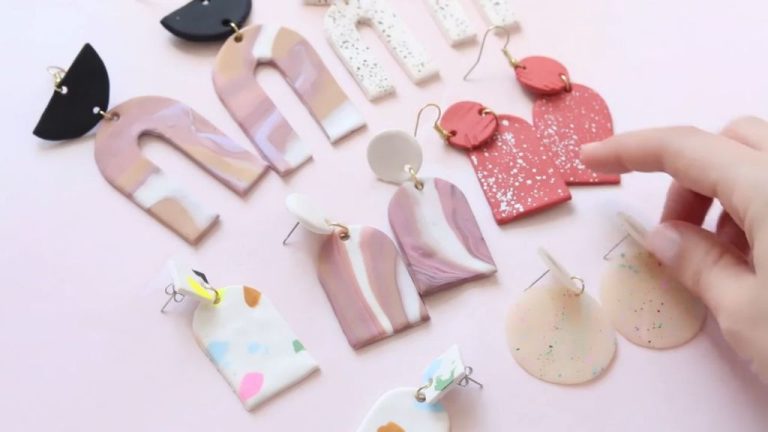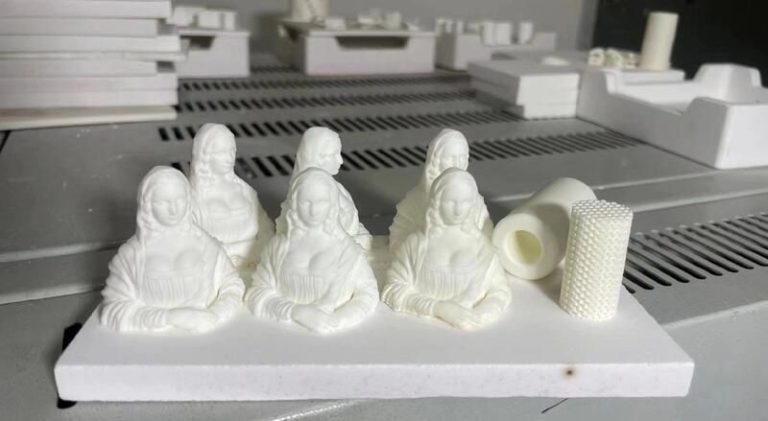Clay Art Expressions: Inspirational Ideas For Artists
Clay is a versatile and creative medium that has been used by artists for thousands of years. From prehistoric pottery and figurines to contemporary sculpture and jewelry, clay allows artists to craft both functional and decorative works of art. Throughout history, clay has been prized for its workability, durability, and low cost compared to materials like stone or metal. In this guide, we’ll provide an overview of the major forms of clay art, including sculpture, pottery, mosaics, jewelry, wall art, figurines, and functional pieces. We’ll showcase examples of clay art techniques like handbuilding, throwing, modeling, carving, and more. Whether you’re a seasoned ceramicist or just starting out, we hope this guide will inspire you and open up new possibilities for expressing your creativity through this dynamic medium.
Sculpting
Clay is a popular medium for sculpting art. Some key techniques for sculpting with clay include:
Coil building involves rolling out “snakes” of clay into coils and then stacking or attaching them to build up a sculpture. This technique works well for making free-standing sculptures. For stability, each coil must be fused to the one below it by smoothing together with water or “slip” (liquid clay).
Slab building uses flat slabs or pieces of clay assembled together to form a sculpture. The slabs can be cut into shapes and joined by smoothing the edges together with slip. This is useful for making flat sculptures that can then be decorated.
Molding and casting involves making a plaster mold of an original sculpture, then pouring liquid clay into the mold to create an exact copy. This allows duplicating intricate sculptures.
For realistic figures, pay close attention to anatomy and proportions. Use photos or live models as reference. Sculpt basic forms like spheres, cones and cubes before adding details. Work symmetrically and measure across the sculpture to check proportions.
For abstract figures, exaggerate or simplify forms. Use unusual shapes and proportions to create intriguing effects. Incorporate textures, patterns and bold colors. Let the materials influence the sculpture’s form. Follow your imagination rather than outside references.
Regardless of style, create an armature or frame for support if needed. Allow adequate drying time between stages to prevent cracks. Consider the sculpture’s weight and balance. And practice patience – sculpting takes time to perfect.
Pottery
Pottery is one of the oldest human inventions, dating back thousands of years to ancient cultures like Mesopotamia, China, and Egypt. The earliest pottery was made by hand, forming clay into basic but functional shapes like bowls, jars, and cups. Over time as cultures developed pottery wheels and better techniques, pottery became more advanced and was used not just for function but for artistic expression. Wikipedia
There are many different types of pottery that can be made including bowls, vases, plates, cups, pitchers, and more. Clay can be shaped by hand through techniques like pinch pots, coil building, and slab construction. Or the potter’s wheel can be used to throw symmetrical rounded shapes. After shaping and drying, clay must be fired in a kiln to permanently harden it through sintering. Items can be left unglazed showing natural terracotta clay color, or decorated with colored glazes for brighter finishes. Glazes are glass-like coatings that are applied to bisque ware pottery before a second firing. There are infinite ways pottery can be creatively decorated including painting, carving, etching, and more. Deneen Pottery
The entire process of pottery making is an art form that has evolved and been revolutionized over thousands of years across human civilization. From ancient Chinese porcelain to Greek amphoras to modern artisan pottery, working with clay to create both functional and decorative objects has remained an important and beloved craft. For many ceramic artists and potters today, the magic is still alive. Encyclopedia Britannica
Jewelry

Polymer clay is an extremely versatile material for making wearable art in the form of jewelry. It can be shaped, molded, textured, and colored in infinite ways to create unique beads, pendants, earrings, rings, and more. The malleable yet strong nature of polymer clay makes it an ideal choice for handcrafting detailed jewelry components and items.
To make polymer clay jewelry, the clay is conditioned until soft and pliable so it can be formed into the desired shapes. Clay tools like rollers, cutters, and sculpting tools can be used to create complex designs. The clay is baked according to package directions to harden it. The finished polymer clay pieces can then be sanded, buffed and polished to a smooth finish.
Polymer clay is very versatile for jewelry-making. It can be blended to create custom colors and effects like faux turquoise, marble, and more. Liquid polymer clays can be used to coat components with a thick covering. Mokume gane techniques add layered patterns, and inclusions can be set inside to make cabochons. The fired clay takes readily to painting, antiquing, and sanding.
Design options for polymer clay jewelry are endless. Focal beads can showcase intricate patterns, sculptures, mica powders for shine, or embedded objects. Simple texture techniques like twisting, rolling, and stamping add visual interest to beads. Pendants can be fashioned into any shape from hearts to animals. Layering thin sheets makes colorful patterned earrings and cuffs. The flexibility of the material gives full rein to creative jewelry designs.
According to a market research report, the popularity of handcrafted polymer clay jewelry is rising. As more crafters discover the versatility of polymer clay for jewelry-making, this material promises a bright creative future in wearable art.
Wall Art
Clay wall art adds a unique decorative element to any space.[1](https://www.pinterest.com/wendyswildart/clay-wall-art/) Handcrafted clay plaques, wall hangings, and sculptures make for interesting statement pieces. When working with clay wall art, artists can get creative with texture, shape, and color.
Rolled coils of clay can be arranged into geometric patterns or free-form shapes when making a clay plaque. The surface can be textured using stamps, carving tools, or other objects. Underglazes, stains, and glazes allow for colorful designs. A clay plaque can be left natural, painted solidly, or incorporate patterns.
Clay wall hangings offer another sculptural opportunity. Clay can be rolled, cut, or shaped by hand into wall hangings. Roll a slab of clay into a spiral, cut out silhouette shapes, or sculpt figures in relief. Wall hangings look great grouped together for impact.
When displaying clay wall art, group pieces together for a collection. Hang wall art at varying heights for interest. Spotlight wall sculptures with lighting. White walls make an ideal neutral backdrop to allow the art to stand out. Go bold with a brightly colored wall as an energetic backdrop. Clay wall art brings handmade creativity to any blank wall space.[2](https://www.artelier.com/post/4-eye-catching-ceramic-installation-styles-taking-2024-by-storm)
Mosaics
Clay tile mosaics can add a stunning visual element to walls, floors, and furniture. The repeating patterns and intricate designs make mosaics an ideal decorative art form. When working with clay tiles, proper grouting techniques are essential for durability and aesthetic appeal. Some key tips include using the right grout for the project, applying even pressure when grouting, cleaning thoroughly, and sealing when finished.
There are endless creative possibilities when designing mosaic art. You can make geometric patterns, nature-inspired designs, portraits or custom pieces. Plan the layout ahead of time on grid paper for complex mosaics. Consider mixing different colors, shapes and textures of tiles for visual interest. Enhance plain walls with mosaic medallions, borders or entire feature walls. Add personality to a tabletop or furniture by incorporating custom mosaic details. Get creative with household items by covering flowerpots, vases or frames in mosaic tiles.
For inspiration, check out these mosaic wall art ideas from Mozaico and Mozaico’s Medium post. The diverse colors, textures and designs demonstrate the creative possibilities of mosaic art.
Figurines
Sculpting figurines out of clay allows artists to create intricate human, animal, and fantasy characters in three dimensions. Careful attention to anatomical details like muscles, fur, scales, etc. can make clay figurines seem very lifelike. Smooth, rounded shapes tend to look more realistic than jagged edges when sculpting organic figures. References can be very helpful when sculpting realistic animals or people.
Some tips for sculpting realistic details in clay figurines include:
- Study anatomy – look at diagrams, models, and real life to understand how muscles and bones work together.
- Use basic shapes like spheres, cones and cylinders to build up the figure.
- Add subtle textures like fur, feathers, scales, etc. using clay tools.
- Pay attention to proportional sizes of body parts.
- Make graceful, natural looking poses rather than stiff stances.
Fantasy figurines allow more imagination in sculpting features like exotic animal body parts, elaborate costumes, wings, etc. Reference books on mythical creatures can offer inspiration. Blending animal and human features takes practice but creates imaginative results.
After sculpting the figure, details can be refined by carving lines for wrinkles, scales, feathers, hair, etc. with clay tools. Carefully smoothing the clay to eliminate fingerprints and imperfections will give a professional look.
Painting and finishing techniques can make a clay figurine truly come to life. Acrylic paints work well on cured clay and allow blending and shading to show form. Sealants provide protection and sheen. Different finishes like satin, gloss, or crackled glazes change the look dramatically. With endless options for sculpting, painting, and finishing, clay artisans can create unique figurines to cherish.
Relief Art
Relief sculpture refers to artwork where figures and shapes project from a flat background. There are varying depths of relief, including bas relief, low relief, high relief, and sunken relief. Bas relief is a shallow carving where the image projects slightly from the background. Low relief projects more from the background with undercuts and modeling. High relief fully detaches forms from the background with deep undercutting and strong gestures and effects of light and dark. In sunken relief, the image is carved lower than the background.
There are various techniques to create depth and texture in relief sculpture. Undercutting shapes creates shadows and detaches forms from the background. Adding ridges, dots, and lines creates texture and suggests complex surfaces like hair, feathers, scales, etc. The modeling of forms with gradations of light and dark suggests mass and volume. Foreshortening effects can suggest recession into space. The overall composition and flow of forms creates dynamism and visual interest.
According to the Metropolitan Museum of Art, relief sculpture was introduced to the United States by Italian sculptors working on federal buildings in the early 19th century (source). Famous relief sculptors include Donatello, Henri Matisse, Henry Moore, and Louise Bourgeois.
Functional Art
Functional art refers to clay pieces that serve a practical purpose beyond decoration. This includes bowls, plates, vases, mugs, and other objects meant for everyday use. When creating functional pottery, artists focus on both form and function.
Bowls and plates are some of the most common functional clay pieces. The artist can shape, carve, and decorate these to make stunning serving dishes or statement pieces. Simple glazing in neutrals allows them to work in any kitchen, while more ornate designs make them decorative accents. For example, decorative bowls with nature themes bring vibrancy when filled with fruit. Etched plates turn an ordinary meal into a work of art.
Clay vases and mugs lend themselves beautifully to functional art as well. A mug can provide a comforting warm drink, while making a style statement with handcrafted shape and color. Sculptural vases become living art when holding fresh flowers or branches. The glazing can make a vase waterproof, while remaining tactile and natural.
Glazing is an important final step when creating functional ware. The artist chooses food-safe glazes that will not leach chemicals when holding food or drinks. A clear glaze provides a glossy watertight finish. Colored glazes in earthy hues like warm browns, sage greens, or cobalt blues enhance the natural appeal of the clay. The glazing brings out the sculpture of each piece while allowing functional use.
With mindful design choices and fine craftsmanship, the everyday can become artful. Functional pottery elevates meals, flowers, and more through handmade artistry.
Conclusion
This article has provided an overview of the inspiring forms clay art can take, ranging from sculpting, pottery, jewelry, wall art, mosaics, figurines, relief art, and functional art pieces. Exploring the versatility and beauty of clay as an artistic medium opens up amazing creative possibilities. Whether admiring the work of established ceramic artists or starting on your own handbuilt or wheel-thrown creations, clay is a wonderful material to help bring imaginative ideas to life. Its tactile nature makes clay delightful to work with directly in your hands. The steps of sculpting, drying, firing, and glazing result in unique decorative or usable artworks for yourself or to share with others. After being introduced to the numerous ways clay can be shaped into exquisite art expressions, hopefully many readers feel motivated to dabble in clay. Additional inspiration and project ideas can be found at leading ceramic arts websites like Ceramic Arts Network, Clayflicks, and Ceramic Arts Daily. Clay awaits – now go and create!





